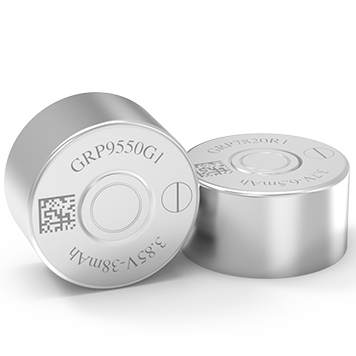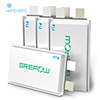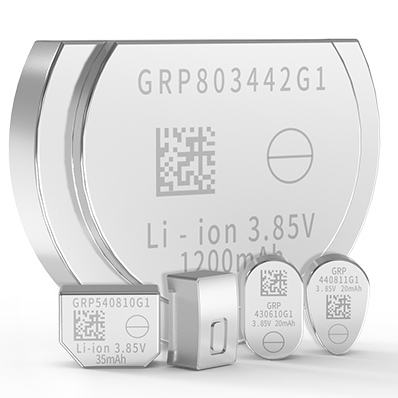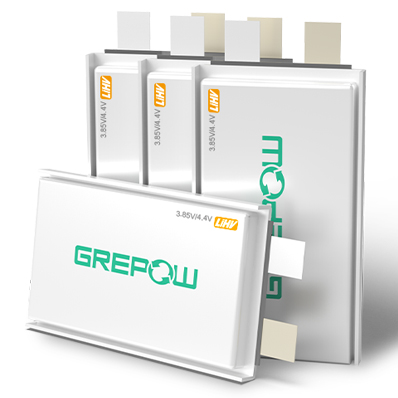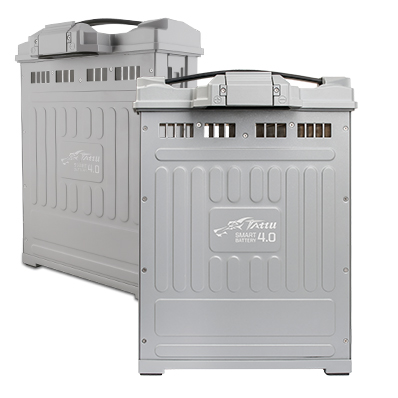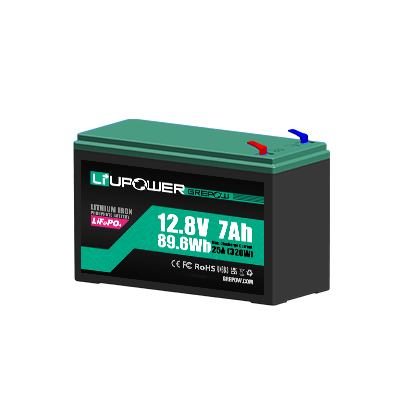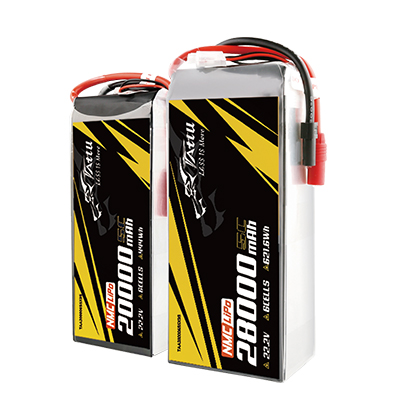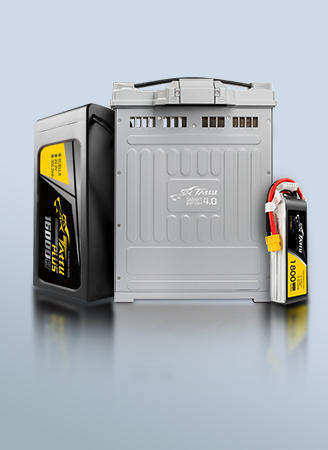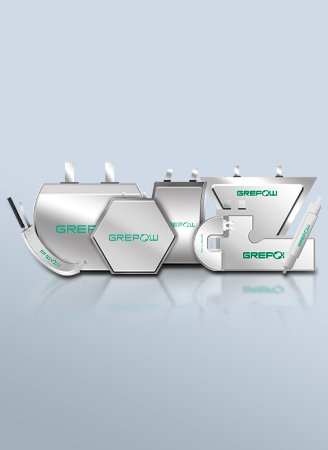LiPo battery vs LiHV battery: what’s the difference?
Lithium-based batteries have revolutionized drone technology, RC vehicles, robotics, and various consumer electronics by offering high energy density and reliable power delivery. Among these, LiPo (Lithium Polymer) and LiHV (High Voltage Lithium Polymer) batteries are two of the most commonly used power sources. While they appear similar on the surface, subtle yet important differences exist between them—differences that can impact your drone’s performance, battery longevity, and safety.This article explains the key differences between LiPo and LiHV batteries, their advantages, and expert tips to help you make an informed choice.
What is a LiPo battery?
A Lithium Polymer (LiPo) battery is a rechargeable battery that uses a lithium-ion-based chemistry with a polymer electrolyte. This design allows for a lightweight, flexible, and high-energy-density power source. LiPo batteries are widely used in remote-controlled (RC) vehicles, drones, smartphones, and other compact devices due to their ability to deliver high discharge rates and customizable shapes. Standard LiPo batteries have a nominal voltage of 3.7V per cell and are typically charged to a maximum of 4.2V per cell. LiPo batteries are reliable but sensitive to overcharging, over-discharging, and physical damage, which requires careful handling and charging to prevent damage or safety hazards like fires.
What is a LiHV Battery?
A LiHV (Lithium High Voltage) battery is an evolution of LiPo technology, designed to be safely charged to a higher voltage per cell. While standard LiPo cells charge to 4.2V, LiHV cells can be charged to 4.35V per cell. This higher voltage capacity is achieved through slight modifications in their chemical composition, specifically the cathode material. The nominal voltage of a LiHV cell is 3.8V. The goal of LiHV battery is to pack more usable energy into the same physical size and weight as a standard LiPo by increasing the charge voltage ceiling, which is tailored for applications where maximizing power output and runtime is critical. Professional LiPo battery manufacturers like Grepow are capable of producing ultra-high-voltage LiPo batteries with a nominal voltage of up to 3.95V per cell, meeting the demands of higher-performance drones.
What are the advantages of LiHV batteries and why?
LiHV batteries offer several advantages over standard LiPo batteries, making them a preferred choice in specific scenarios:
●Higher Energy Density: LiHV batteries store more energy per unit of weight due to their higher voltage range (4.35V–4.4V vs. 4.2V for LiPo). This translates to longer runtimes or increased power output for the same battery size.
●More Power (Watts): Power = Voltage x Current. Higher voltage means more power is available to the motors at the same current draw, leading to potentially stronger punch-outs and higher top speeds.
●Reduced Voltage Sag: During high-current bursts (e.g., hard acceleration), all batteries experience a temporary voltage drop ("sag"). Starting from a higher voltage means the sag dips to a higher absolute voltage than a LiPo would under the same load. This maintains motor RPM and responsiveness better during demanding maneuvers.
●Compatibility with Existing Systems: LiHV batteries often have the same physical dimensions and connectors as LiPo batteries, making them a drop-in replacement in many devices, provided the electronics can handle the higher voltage.
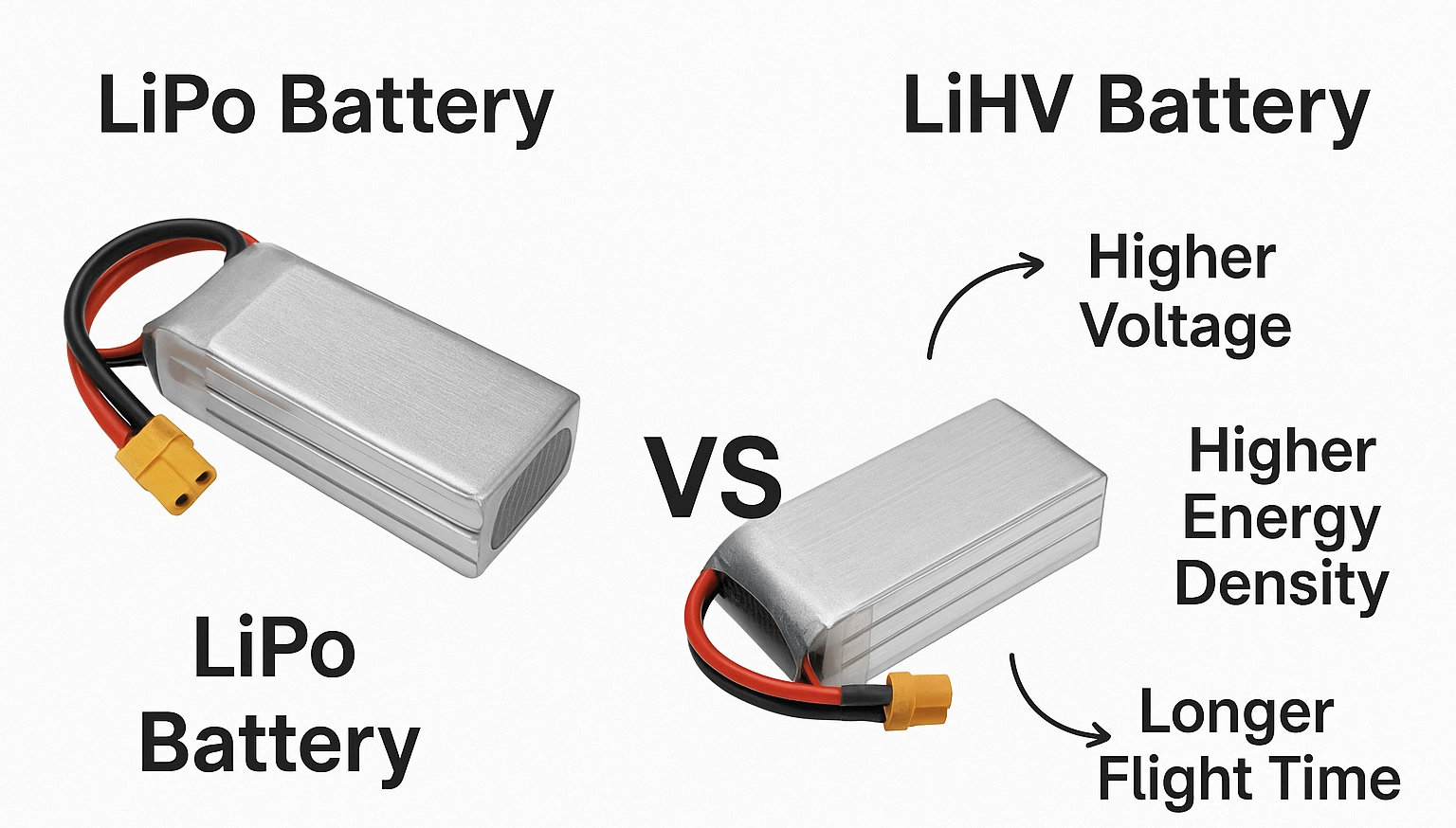
LiPo Battery vs. LiHV Battery: What’s the Difference?
The primary differences between LiPo and LiHV batteries lie in their voltage characteristics and performance capabilities:
| Feature | LiPo Battery | LiHV Battery |
| Max Charge Voltage/Cell | 4.20V | 4.35V |
| Nominal Voltage/Cell | 3.7V | 3.8V |
| Energy Density | Standard | ~10% higher |
| Size & Weight | Standard | Same as LiPo |
| Flight Time | Shorter | Longer (up to 10%) |
| Charger Requirements | Standard LiPo charger | Requires 4.35V profile |
| Longevity | Slightly longer | Slightly reduced if overcharged frequently |
| Cost | Lower | Slightly higher |
| Compatibility | Universal | Check ESC/FC Voltage Tolerance |
| Performance | Good power delivery | Enhanced power, thrust, and speed |
When Should I Choose a LiHV Battery?
LiHV batteries are ideal for specific scenarios where performance is paramount. Consider using LiHV batteries if:
●Longer Flight Times Are Critical: If you’re flying drones and need every extra minute of flight time, LiHV batteries can deliver.
●Applications Pushing Weight Limits: If you need every bit of extra flight time without increasing physical battery size or weight, LiHV offers a small boost.
●Applications Requiring Peak Performance: If your RC model demands consistent, high power output throughout its operation, LiHV can offer a noticeable performance improvement.
●When Your Equipment Supports HV: Only if your Electronic Speed Controller (ESC) and Flight Controller (FC) can safely handle the higher initial voltage (up to 4.35V x cell count).
How to Charge a LiHV Battery?
This is the single most critical safety and performance step. You MUST use a charger specifically capable of LiHV mode.
●Use a Compatible Charger: Your charger MUST have a dedicated LiHV or High Voltage charging mode/program. Never charge a LiHV battery using the standard LiPo setting (4.20V/cell).
●Select LiHV Mode: Manually select the LiHV program on your charger. Do not rely on auto-detect features unless explicitly confirmed.
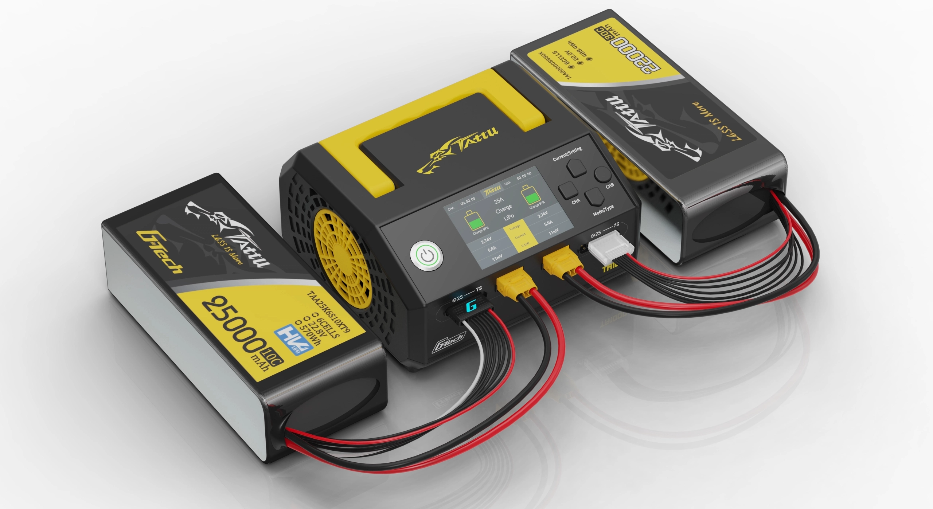
Set Correct Parameters:
●Chemistry: LiHV
●Cell Count (S): Match your battery (e.g., 1S, 2S, 3S, 4S, 6S).
●Charge Current: Usually 1C (e.g., 1500mAh battery = 1.5A). Faster rates (e.g., 2C) are sometimes possible if supported by the battery but reduce longevity.
●Charge Voltage: The charger should automatically set the target voltage to 4.35V per cell when LiHV mode is selected. VERIFY THIS.
●Balance Charge: ALWAYS use the balance port and select Balance Charge mode. This ensures all cells reach 4.35V evenly and safely.
●Monitor: Never leave charging batteries unattended. Place them in a fireproof LiPo charging bag or container.
●Storage Charge: After flying, if you won't use the pack again soon, use the charger's Storage Mode. This safely brings the pack (LiPo or LiHV) to around 3.80V-3.85V per cell for long-term health. Most chargers handle this correctly for both types once the initial mode (LiPo/LiHV) is set.
FAQ
1. What’s the voltage range of a LiHV battery?
A single LiHV cell has a nominal voltage of 3.8V, a fully charged voltage of 4.35V, and should not be discharged below 3.0V (though 3.5V is often recommended for longevity).
2. Can I charge LiHV batteries with a LiPo charger?
Only if your charger has a dedicated LiHV (4.35V/cell) mode. If it only has a standard LiPo mode (max 4.20V/cell), you CANNOT safely or effectively charge a LiHV battery with it. Charging a LiHV to only 4.20V/cell wastes its potential (it becomes an expensive, underperforming LiPo). Attempting to force a standard LiPo charger to output 4.35V is extremely dangerous and risks fire or explosion.
3. Can You Charge LiPo to 4.35V?
No, charging a standard LiPo battery to 4.35V is unsafe and can cause damage or fire. LiPo batteries are designed for a maximum of 4.2V per cell. Exceeding this risks overcharging, which can destabilize the battery’s chemistry.
4. Can You Charge LiHV to 4.20V?
Yes, but it defeats the purpose of using a LiHV battery. Charging a LiHV battery to only 4.2V (LiPo voltage) will underutilize its capacity, negating the energy density advantage. Always charge to the manufacturer’s specified voltage (e.g., 4.35V or higher).
5. Does Higher Voltage Always Mean Longer Flight Time?
Generally, yes, higher voltage (when safely supported by your system) means more capacity and potentially longer flight time. However, flying at higher power settings can also increase energy consumption, offsetting some of the gains. Also, LiHV batteries tend to experience faster degradation at higher voltages over many cycles.
6. Are LiHV Batteries Compatible with All Drone Equipment?
No. LiHV batteries require drone components (e.g., ESCs, motors, and flight controllers) rated for their higher voltage (up to 4.4V per cell). Using LiHV batteries with incompatible equipment can cause damage or suboptimal performance. Always verify compatibility with your drone’s specifications.
Conclusion
Choosing between a LiPo and a LiHV battery depends on your specific use case, equipment compatibility, and performance needs. If you're looking for more energy, longer flight times, and high-performance output, LiHV batteries are an excellent upgrade—provided your gear supports them. However, for users focused on simplicity, cost-effectiveness, and long-term cycle life, LiPo batteries remain a solid, dependable option.By understanding their differences, advantages, and charging requirements, you can make an informed decision to optimize your device’s performance while ensuring safety and longevity.
As a global leader in LiPo battery manufacturing, Grepow pushes the boundaries of performance with our high-voltage and ultra-high-voltage batteries. Featuring nominal voltages of 3.8V, 3.85V, and 3.95V, our batteries are engineered to meet the extreme performance demands of the most advanced drone and robotics applications. Elevate your drone and robotics performance. Contact us today to explore a custom battery solution. If you have any questions or needs, please feel free to contact us at info@grepow.com.
Related Articles
-
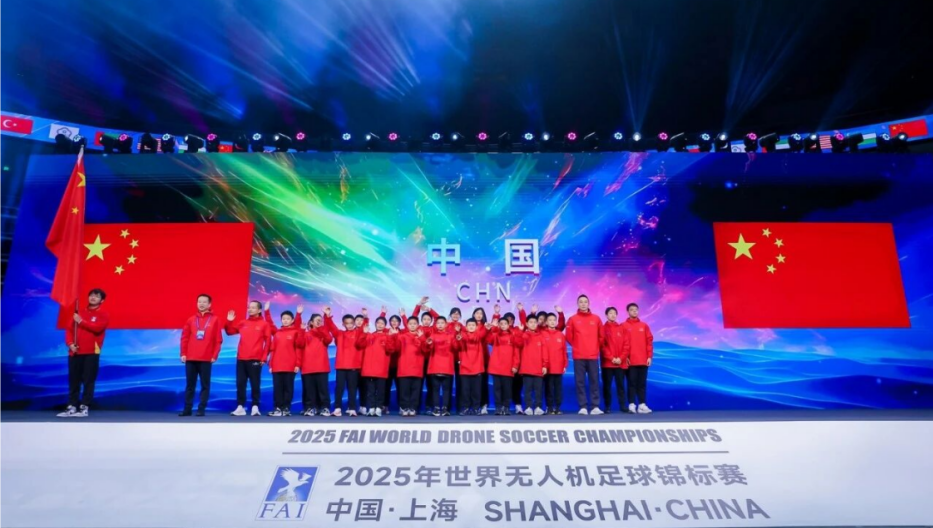
FAI World Drone Soccer Championships 2025 Conclude in Shanghai
2025-11-19 -

Grepow at Future Battery Forum 2025: Showcasing the Lithium Battery Innovation
2025-11-18 -
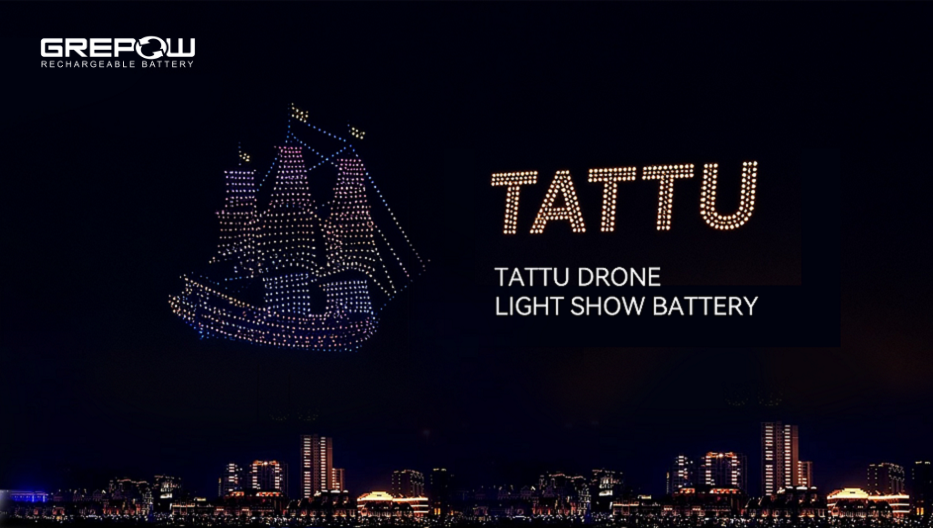
Powering Aerial Artistry: Grepow Battery Solutions Behind Drone Light Shows
2025-10-27
Related products
-
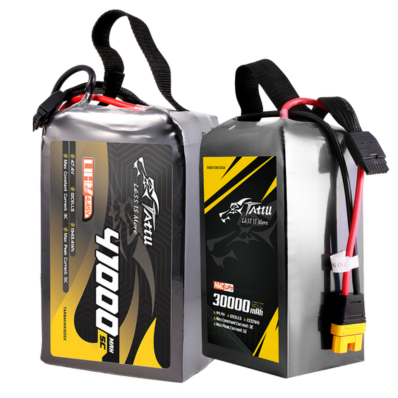
Tattu 12S LiPo Drone Battery Series
-

Tattu Plus Series Drone Battery
-
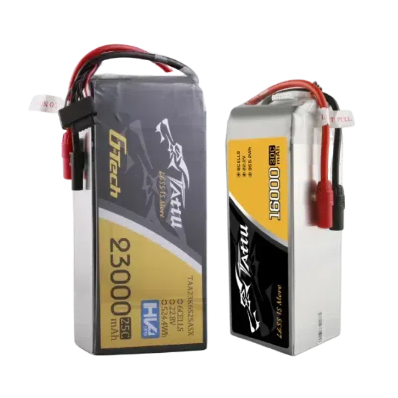
Tattu 6S LiPo Drone Battery Series




